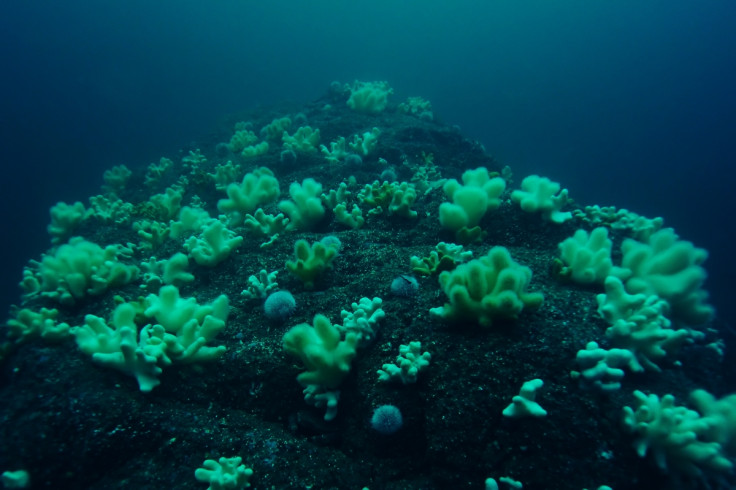Ocean acidification expected to cause skeletal deformities in 50% of juvenile corals

Tiny juvenile corals face skeletal deformities as ocean acidification gets worse. New research shows that as more atmospheric carbon dioxide is absorbed in the ocean, corals develop deformed and porous exoskeletons, which does not provide the support required for a long and fruitful life.
Ocean acidification – where more and more carbon dioxide is absorbed by the sea – has already been shown to cause large-scale coral bleaching. However, research published in the journal Science Advances, now shows that it also causes the corals skeletal structure to be smaller, more fragile and oddly shaped. Juvenile corals – small corals that are less than five centimetres long – are important to the health of the entire reef as they help maintain its genetic diversity and also its recovery after natural disasters such as hurricanes and bleaching events.
"The findings show that juvenile corals are particularly vulnerable to the impacts of high CO2," lead author Taryn Foster told IBTimes UK. "Also for the first time we have shown the specific changes to the structure of the skeleton under high CO2."
The researchers, from the University of Western Australia, discovered the results by collecting 'pregnant' adult corals from the coast of Basile Island in Western Australia. The subsequent polyps were nurtured in an aquarium system with carbon dioxide being pumped into the tanks at various concentrations. Forty of these polyps were then transferred to a separate tank, and after four weeks, the scientists used 3D imaging to analyse their exoskeletons. They discovered that at a pCO2 of 900µatm – basically 900ppm of CO2 (the current atmospheric CO2 is roughly 400ppm) – the corals began to deform.
They were much smaller than the average for their age, and their shape was completely different, too. Some of their parts were overgrown while some were virtually non-existent. "Perhaps the most striking difference was the deep pitting and porous microstructure of the corallite wall," write the authors. "50% of the individuals grown under acidified conditions had skeletal fractures."
The deformities and fractures in the coral skeleton mean these juvenile corals will live for a much shorter amount of time compared to their average species lifespan. With less juveniles, the entire reef would suffer from a lack of biodiversity and be far more vulnerable to bleaching events and large storms.
The researchers summarised: "Our results highlight how acutely vulnerable the growth and development of juvenile corals are to the changes in ocean chemistry expected to occur over the coming century."
© Copyright IBTimes 2025. All rights reserved.






















